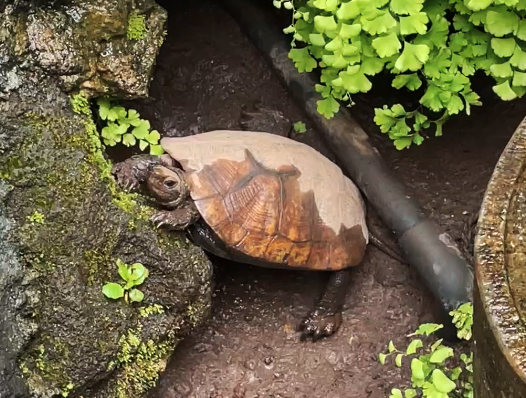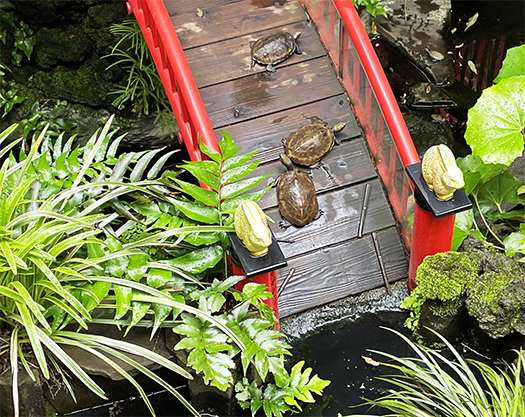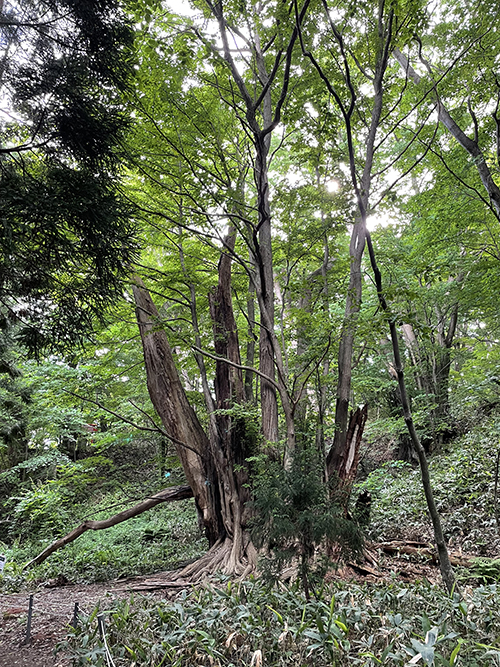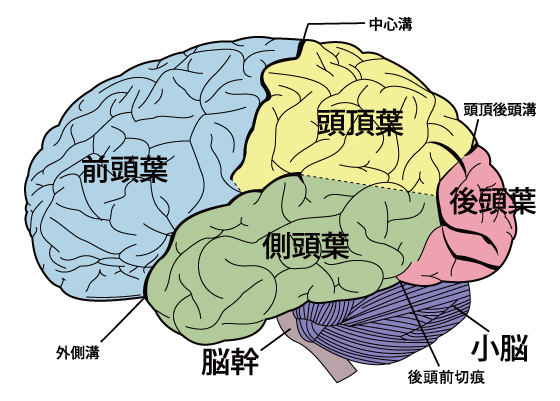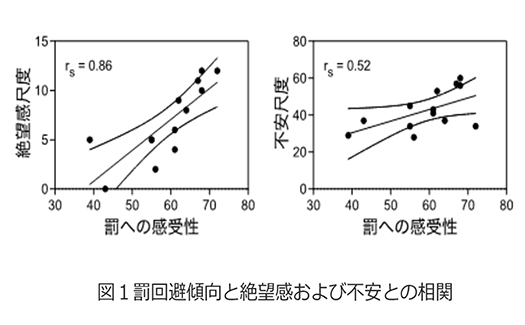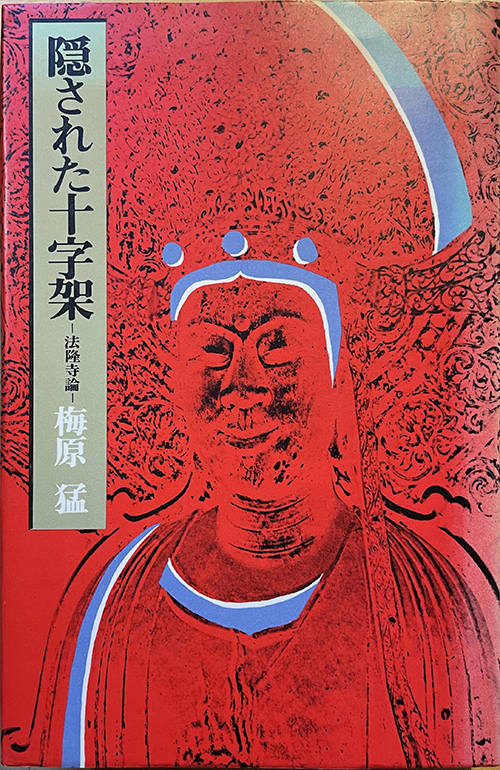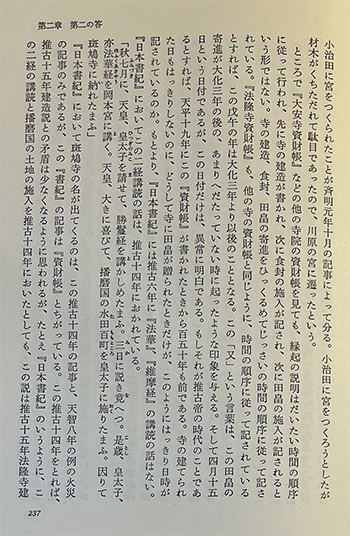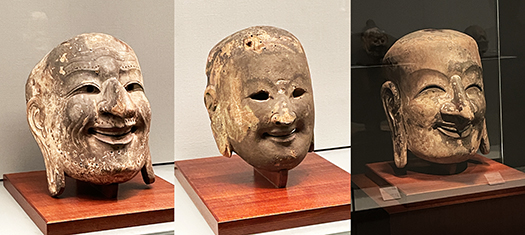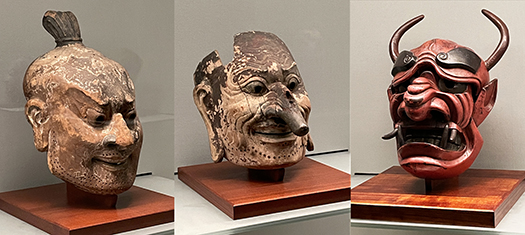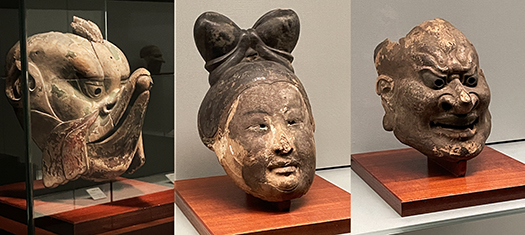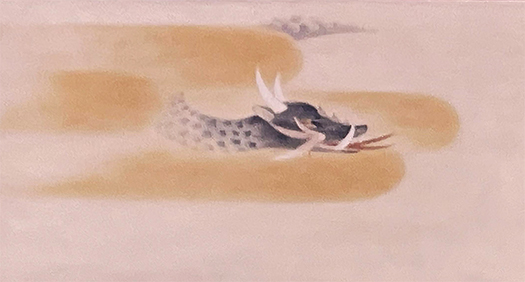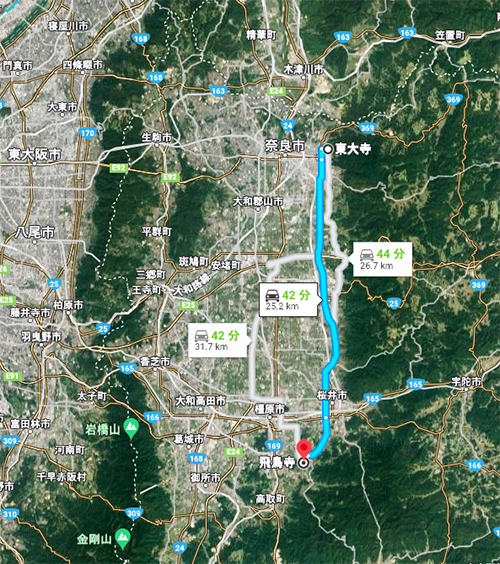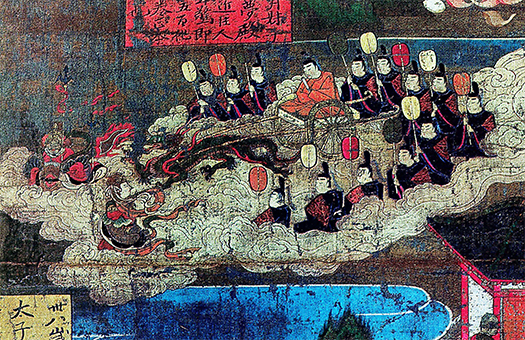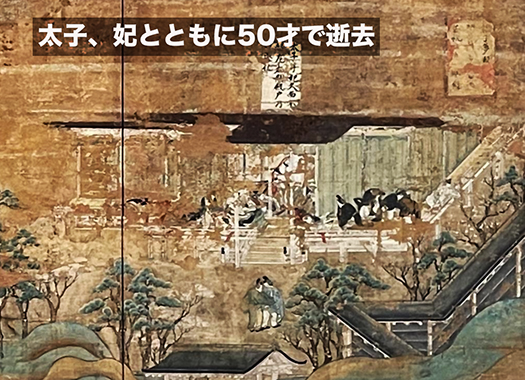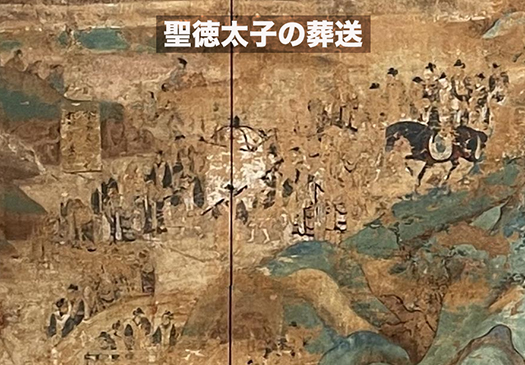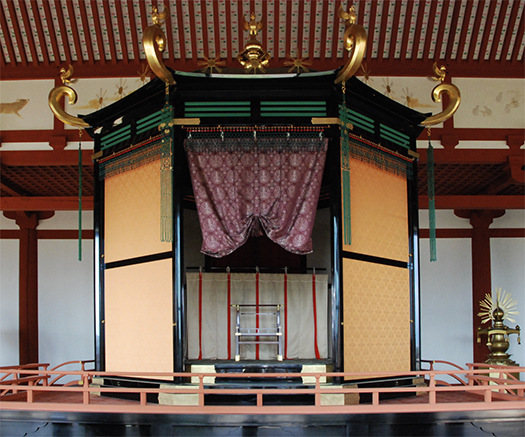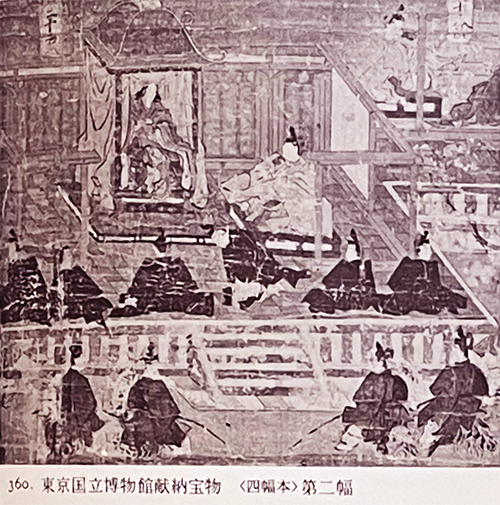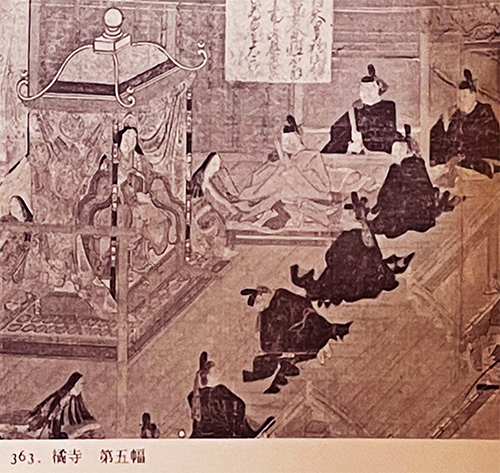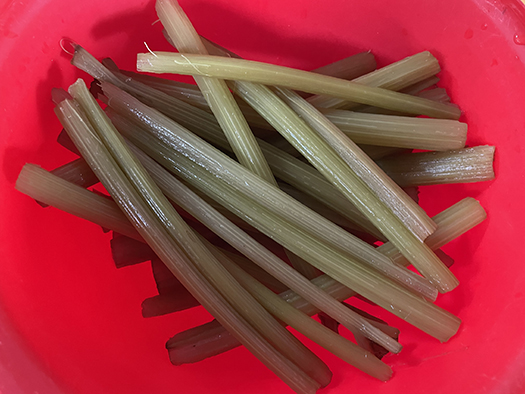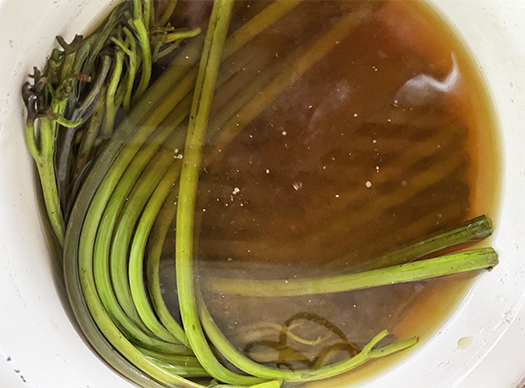
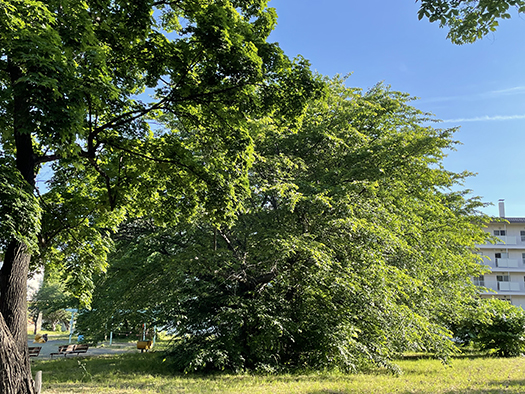
加齢と共にムリせずに早寝早起き生活を満喫しておりますが、きのうから今日にかけては久しぶりの「夜なべ仕事」での短時間睡眠。まだまだ若い、と言いたいけどやはり眠気が襲ってまいります(泣)。
締め切りタイムリミットの脅迫制約のなかでなんと20,000文字程度の文章執筆に迫られている次第。
おいおい、であります。20,000文字というとよく言われる400字詰め「原稿用紙」にして、50枚程度ということになる。それを注意深く書き進めるには、あちこち参照しながら周到に準備を整える必要もある。官庁・国への提出書類なのですが、注意力フル回転でほぼ余裕なし。
なんですが、ブログは死んでも1日も休みたくない(笑)。先日も書きましたが、愛知万博を子どもと一緒に見学して来たときに書き始めてから18年間、続けてきている。休みなし。
もうこうなったら、人生最後の日にも「きょうわたし、死にますのでよろしく」みたいに書き終わってみたい(笑)という妄想も抱きはじめている。こういうことに必死になるのは人類史上でもわたしが初めてかも知れない(笑)。とすれば、やる価値はあるかもしれない。という妄想なのであります。
ボーッとしているので夏至はきょうなのかあすなのか、よくわからないのですが、きのう散歩していたら、まことに身の回りは緑の大洪水の中にある。相変わらず暴力性を高めているカラスたちは盛んに威嚇行動をわたしに向けてきております。
もうひたすら「バンザイポーズ」で平和行進。でも札幌も気温上昇からカラスたちも気が立ってきているように思う。さっぱり鳴き声にやさしさの欠片も感じられません。
ということでまったくとりとめのないブログで恐縮ですが、つれづれなるままのご報告でした。さて、もうひとがんばりモードで鞭を入れていきたいと思います。みなさんも暑さにご自愛を。
English version⬇
Summer Solstice in the North, the dazzling green currents.
The almost all-night-like morning is dawning early. The work of writing 20,000 words of fear. I’m dizzy, but I have the patience of calmness, ganba. …
As I age, I am enjoying an early bedtime and early rise lifestyle, but from yesterday to today, I had a short sleep due to “night work” for the first time in a long time. I would like to say that I am still young, but I still feel sleepy.
I’m still young, I’d like to say, but I’m still sleepy.
20,000 words means about 50 sheets of 400-character manuscript paper, as it is often said. In order to write that carefully, I need to prepare carefully, referring here and there. It is a document to be submitted to government offices and the national government, but I have almost no time to spare because of my full attention span.
But I don’t want to take a day off from blogging even if I die (laughs). As I wrote the other day, I started writing when I visited the Aichi Expo with my children and have continued to do so for 18 years. No breaks.
I am beginning to have the delusion that I want to finish writing on the last day of my life as if to say, “I am going to die today, so please accept my regards. I may be the first person in the history of mankind to be so desperate about something like this (laughs). If so, it may be worth doing. That’s my fantasy.
I am in a daze, so I am not sure if the summer solstice is today or tomorrow, but when I went for a walk yesterday, I found myself surrounded by a flood of greenery. The crows, which are becoming more and more violent as usual, are actively threatening me.
They are now marching peacefully in a “banzai pose. But with the rising temperatures in Sapporo, the crows seem to be getting more and more restless. I can’t hear any trace of gentleness in their cawing.
So, I am afraid that this is a very boring blog, but it is just a report of my rambling thoughts. Now, I would like to put in a little more effort. Take care of yourself in the heat.
Posted on 6月 22nd, 2023 by 三木 奎吾
Filed under: こちら発行人です | No Comments »


